The Roma community exist in a legal limbo between illegal migration, asylum seeking, and internal displacement.
There is a wonderfully romantic idea of the Roma peoples: a historical image of the free-roaming nomads, independent, proud travellers, whose music is passionate and whose women are beautiful and can tell the future.
But this is only one side of a highly mismatched coin. Roma were banned from Milan as early as 1493, and Spain introduced vagrancy laws in 1499 to deal with the influx of Roma travellers who started coming to Europe in the 15th century. Henry VIII was the first to expel the Roma from England, while Elizabeth I signed a law making Roma “illegal”, forcing them to settle in permanent communities and assimilate or face death. France, Spain, Switzerland, Portugal and the Holy Roman Empire, all had similar provisions. There are sources which document that Roma were hunted for game as late as mid-19th century Germany. Roma were enslaved in Romania until the abolition of slavery in 1864, and the Austro-Hungarian Empire had a policy of forced adoption of Roma children to assimilate them — also introduced in Switzerland in 1926 and continuing into the 1970s. World War II saw the Baro Porrajmos (The Great Devouring) when, according the Council of Sinti and Roma estimate, over half a million perished in the German camps.
Having been hunted as thieves, witches and godless vagabonds throughout the centuries, the last few decades have seen little improvement with the Roma’s image being associated with extreme poverty, vagrancy and crime.
Generational Poverty
After the need to address the Roma situation was recognised at the 1990 Conference on the Human Dimension of the Organisation for Security and Co-operation in Europe (OSCE), innumerable EU-wide integration platforms have been launched, resolutions passed and condemnations issued. In 2005, the Decade of Roma Inclusion was launched, aimed at fighting discrimination, providing a strategy for integration, improving the social situation by giving Roma equal access to education, housing, healthcare and the EU labour market; over €26 billion have been made available from EU funds to Member States for Roma programmes.
With so much attention, one would think that the days when over 80% of the Roma lived below the poverty line, with 15% struggling from starvation on a regular basis; when child mortality among the Roma was three to four times higher than the general population, reaching a staggering 80% in Romania; and when only one in a hundred Roma children had access to higher education, was a distant memory by now. In reality, it scarcely improved.
The 2012 United Nations Development Programme (UNDP) and the European Union Agency for Fundamental Rights (FRA) report, funded by the European Commission, surveyed 11 EU Member States’ conditions among the 10-12 million European Roma that the EC declared “not acceptable in the European Union…at the beginning of the 21st century”.
While half of Roma children start kindergarten, and nine out of ten are in school between the ages of 7-15, only 15% complete a secondary education. One third between the ages of 35-54 report health problems that interfere with their daily lives, while 45% live in households that lack an indoor toilet, indoor kitchen, bath/shower facilities or electricity. (In Romania, approximately 85% lack at least one of the above amenities, versus 55% of the nearby non-Roma population, while in Bulgaria this figure is 75% versus 30%). Some 90% live in households with an equalised income below the national poverty level, and are unable to afford meat, fish or a protein, utility bills and rent, heating, a TV, a telephone or a washing machine; 40% live in households where someone has to go to bed hungry at least once a month. While child labour is virtually inexistent for non-Roma, more than one in ten children work on the farms, street vending, or running errands. Life expectancy is ten years less than the European norm, one in three consider themselves unemployed, and half have experienced discrimination in the past year.
Small Courtyard, Long Whip
Romanophobia – defined by the Finnish government as anti-Gypsyism and equated to Islamophobia or anti-Seimitism — has been gaining momentum across Europe, in stride with the anti-immigration sentiments augmented by the global financial crisis. Politicians, and not always right-wing ones, can be heard referring to Roma as “animals”, “criminals” and “parasites”. Robert Fico, Slovakia’s prime minister, openly declared in a recent speech that Slovakia was “established for Slovaks, not for minorities”. Manuel Valls, French interior minister, echoed this sentiment in 2012, when he declared that “France cannot accommodate all the misery in Europe”. Ján Slota, leader of the Slovak National Party that was part of the coalition government between 2006-2010, proposed a Roma policy of a “small courtyard and a long whip” – an approach that has become a sad reality for many Roma Europe-wide.
In July 2010, dozens of Roma attacked a police station in retaliation for the murder of a Roma man by a French gendarme. Former President Nicolas Sarkozy called an emergency meeting deciding on the closure of some 300 illegal Roma settlements, to be eradicated as a source of crime, prostitution and health risks. The decision came on the verge of violating the Charter of Fundamental Human Rights for targeting of an ethnic group, but EU Commissioner for Justice Vivian Reding withdrew the infringement procedure against the French government after its claims that any illegal settlement would be targeted, whoever inhabits it. (France is home to an estimated 500,000 Travellers, who form a different ethnic group to the Roma and are mostly French citizens, known as gens du voyage, and some 15,000 Roma.)
According to Amnesty International, several thousand are evicted yearly across France, and various NGOs estimate that at least 158 camps housing over 16,800 people have been forcefully dismantled between 2011-2012. As a signatory to the International Covenant on Economic, Social and Cultural Rights, France is legally obliged to fulfill rights to adequate housing. However, Amnesty documents severe violations in that Roma settlements are oftentimes burned down or bulldozed over, and those who resettle nearby are evicted again, rendered homeless. The Parliamentary Assembly report on Roma asylum seekers drew attention to a case of a French town, where the mayor staged a burning of abandoned Roma caravans, cheered on by the locals.
In Italy, the Nomad Emergency was introduced in 2008 with the aim to close over 100 illegal camps and relocate some 6,000 Roma to 13 formal settlements. In 2009, Casilino 900, the largest nomad camp, was bulldozed, leaving over 1,000 people homeless. In 2012, the mayor of Rome closed the Tor de’ Cenci camp that housed Roma from Bosnia and Macedonia since 1996, for health reasons. Alternative housing was provided by La Barbuta and Castel Romano camps – segregated settlements “sandwiched between railway tracks, Rome’s orbital road and the runway of Ciampino airport”. According to the European Roman Rights Centre (ERRC), €62 million and four years later, only eight legal camps have been created while informal settlements have risen to over 500, despite an equal number of forced evictions. In May this year, the Italian Supreme Court upheld the 2011 ruling against the state of emergency by the Council of State, and the Italian government presented the National Strategy for Roma Inclusion to the EU in February 2012. Yet, hundreds of Romani people in Rome and Milan have been forcibly evicted and left homeless in the last year, disqualified from social housing by having a “stable” place of residence.
The case that remains perhaps most persistently shocking involves the Roma camps in Mitrovica, Kosovo. Following the end of the conflict in 1999, over 100,000 Roma fled Kosovo fearing persecution by the local population as Serb collaborators, having traditionally sent their children to Serbian schools, served in the Serbian Army and worked in local corporations.
As a result of ethnic violence and discrimination in access to employment and welfare, 70-75% have left Kosovo again after their initial attempt to return. After the settlement in Mitrovica, home to 8,000 Roma, was burned to the ground, the United Nations resettled the remaining families in temporary camps near the contaminated Trepca mine, housed in hangars behind barbed wire. According to a camp nurse, food consisted mostly of bread and tea, inhabitants had no access to clean water or treatment of lead poisoning; children exhibited stunted growth, bleeding gums, epilepsy, convulsions, vomiting and “hysteria”. According to a 2006 report by the Society for Threatened Peoples (STP), some blood samples taken from children measured levels of toxicity 1,200 times the safety level. In 2006, the UN closed two of its most contaminated camps and relocated their inhabitants. The new camp, Osterode, a former military base, is still located on contaminated ground; the UN Commissioner for Human Rights claimed it was the only territory the local municipality was willing to provide. While most families have been resettled in the reconstructed mahala in Mitrovica, a Human Rights Watch report of January 2013, documents five families still living at Osterode.
Legal Status
The continuing situation of many Roma to date, places them in a nebulous legal field. Are they economic migrants, war refugees, asylum seekers fleeing ethnic violence and discrimination, a marginalized group, an ethnic or a national minority?
The problem is that all of the above definitions are true to a certain degree. The confusion begins at definitions: the OSCE refers to Roma and Sinti, the Council of Europe to Roma and Travellers, and the EU to Roma, to designate terms associated with the now derogative generic, “Gypsy”. While many Roma (a generalisation in itself, for the simplification of this piece) are EU citizens, many lack documentation altogether – some lost documents in flight from the Balkan conflicts, others never bothered to register in the first place.
For many Roma, self-identification brings back memories of ethnic profiling under the Holocaust and other ethnic crimes that followed, like the state policy of forced sterilization in the former Czechoslovakia, with documented cases persisting well into the past decade. Across Europe, Roma persistently become victims of ethnic violence and police brutality – crimes that often remain unpunished. Yet, leaving behind this type of persecution proves particularly difficult inside the EU.
According to the 1999 Aznar Protocol, one is protected within a state’s boundaries as its citizen. The Dublin Regulation, furthermore, prevents EU citizens from claiming asylum in other Member States, providing that it is acceptable to return asylum seekers to Member States as “safe countries of origin”. This leaves Roma in a state of legal limbo. According to EU legislation, an EU citizen is allowed to stay in any Member State for longer than three months if he/she has proof of employment and financial means to support dependables. With the Roma often fleeing severe deprivation, and their access to employment limited through racial prejudice and legal regulations, many become irregular migrants and victims of further prosecution, with no means to escape.
All EU Member States are signatories to the convention that obliges them to protect human rights and adopt anti-discrimination laws. Some countries recognise the Roma as a national or ethnic minority – a recognition that grants them equality before the law as a community; it is an important step forward in establishing a framework of legal protection. Yet, in the words of the executive director of the ERRC, Dezideriu Gergely, in reality legislation is seldom respected.
So far, there have been many indications of strong commitment and formal recognition of the severity of the situation and the expectation that this will translate into policy on local level, yet the authorities repeatedly fail to implement changes. For instance, the European Commission found that in 2009, Member States used only 31% of the €26.5 billion allocated for technical assistance – the problem being that the local governments need to provide 20% of the funding for inclusion programmes, and that money often falls in the hands of the people who want the Roma out of the country in the first place.
What is needed, according to Gergely, is a change at the local level – from the general population to put pressure on governments, from the Roma community to relate its needs so that money can be better allocated, and for a strong political will to overcome the anti-Roma sentiments and create a real policy of inclusion. Member States are obliged to provide Roma with equal access to fundamental human rights – individual and communal – as well as education, employment, housing and healthcare, a lack of which perpetrates the vicious cycle of destitution and crime. Yet, conditions in Roma settlements often rival those of humanitarian assistance camps one finds in war zones, pushed behind barbed wire fences, on the outskirts of society.
Václav Havel once said that the fate of the Roma is a litmus test not of democracy, but of civil society. To this day, both Old and New Europe are failing this appraisal in humanity.
The views expressed in this article are the author’s own and do not necessarily reflect Fair Observer’s editorial policy.
Image: Copyright © Shutterstock. All Rights Reserved.
Support Fair Observer
We rely on your support for our independence, diversity and quality.
For more than 10 years, Fair Observer has been free, fair and independent. No billionaire owns us, no advertisers control us. We are a reader-supported nonprofit. Unlike many other publications, we keep our content free for readers regardless of where they live or whether they can afford to pay. We have no paywalls and no ads.
In the post-truth era of fake news, echo chambers and filter bubbles, we publish a plurality of perspectives from around the world. Anyone can publish with us, but everyone goes through a rigorous editorial process. So, you get fact-checked, well-reasoned content instead of noise.
We publish 2,500+ voices from 90+ countries. We also conduct education and training programs
on subjects ranging from digital media and journalism to writing and critical thinking. This
doesn’t come cheap. Servers, editors, trainers and web developers cost
money.
Please consider supporting us on a regular basis as a recurring donor or a
sustaining member.
Will you support FO’s journalism?
We rely on your support for our independence, diversity and quality.




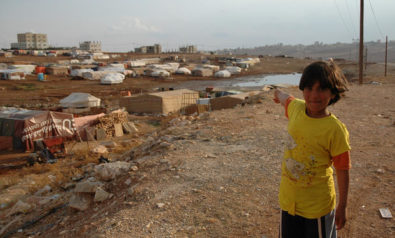
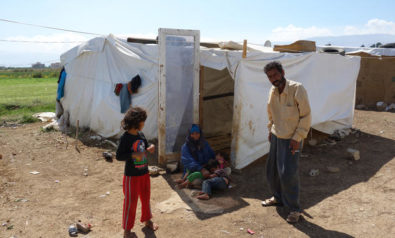
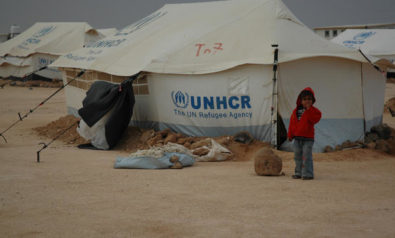

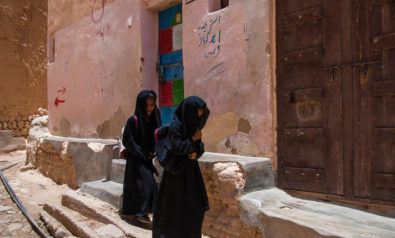

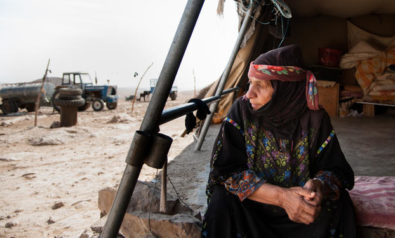



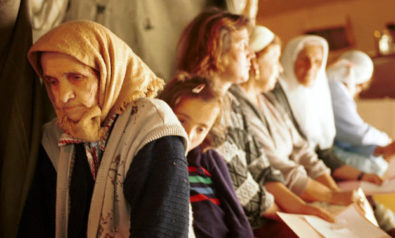
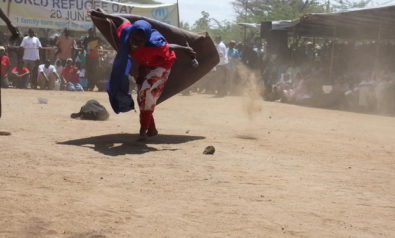
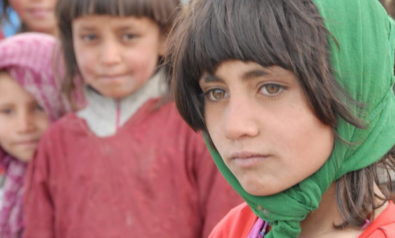

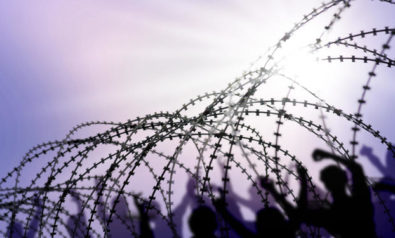

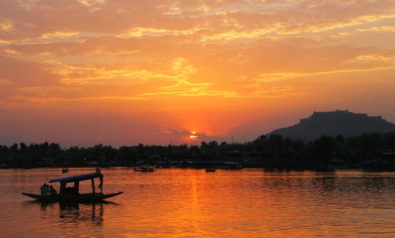
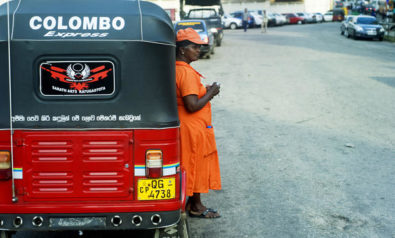



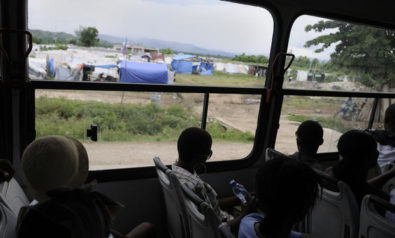
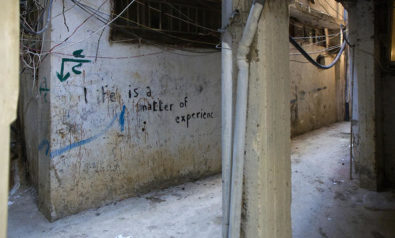
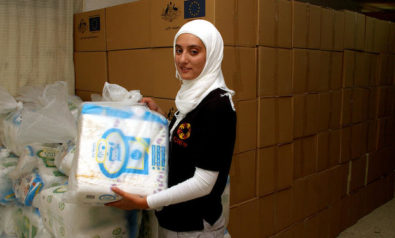
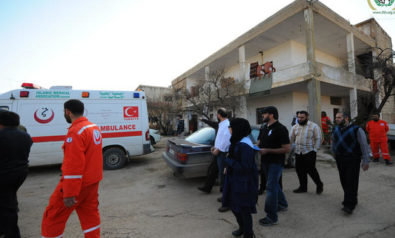

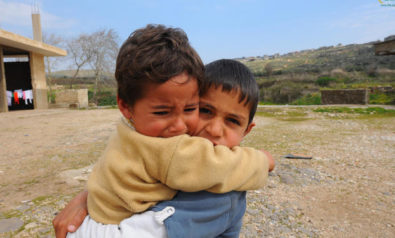


Comment